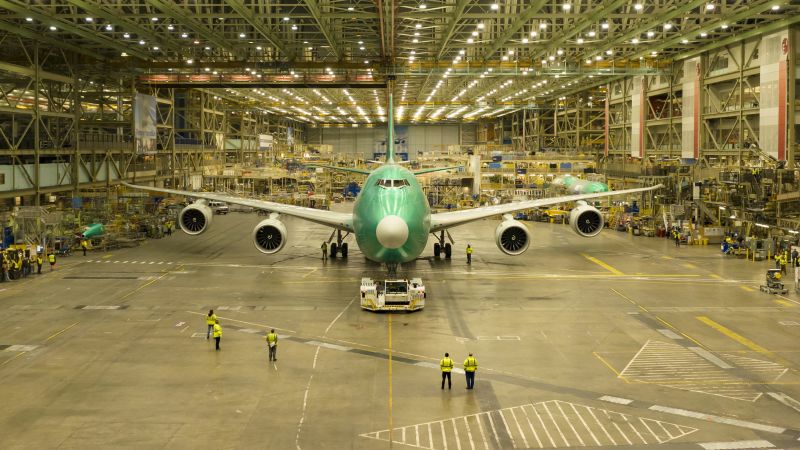Ending the Aircraft: The Boeing 747, the 767, and the A380 are the Longest Commercial Jets in the World
The final version of Boeing’s jumbo jet, the 747-8 variant, is going to be used by Atlas Air. That might seem like an odd way to end a plane. But in many ways, the 747 sprang from plans for a massive military transport jet — a contract Boeing didn’t win. Still, the company kept cargo in mind as it designed the new jet, including the ability to receive freight by hinging its cone-shaped nose.
The most popular plane Boeing has ever built is the jumbo jet, with its distinctive second-floor bulge. It was even big enough to be used to ferry the Space Shuttle from landing strips in California to its launch site in Florida. The new type of satellite will be launched soon by Virgin Orbit, after being carried under its wing.
Other than that use, the 747’s days as a passenger plane are now almost completely behind it. Airlines have moved away from planes with four fuel-guzzling engines like the 747. Rival Airbus
(EADSF) dropped its own two-level jumbo jet, the A380, in 2019.
That total is down from more than 130 in service as passenger jets at the end of 2019, just before the pandemic crippled demand for air travel, especially on international routes on which the 747 and other widebody jets were primarily used. Most of those passenger versions of the jets were grounded during the early months of the pandemic and never returned to service.
“The 747-8 is an incredibly capable aircraft, with capacity that is unmatched by any other freighter in production,” said UPS in 2020, when Boeing signaled it would soon stop building the jet. “With a maximum payload of 307,000 lbs., we use them on long, high-volume routes, connecting Asia, North America, Europe and the Middle East.”
The longest commercial plane in use right now is the 250 feet and 2 inches long version of the giscariot, which is twice the length of the Wright Brothers first flight. It is more than 220 feet long and 5 inches high.
“For more than half a century, tens of thousands of dedicated Boeing employees have designed and built this magnificent airplane that has truly changed the world,” Kim Smith, Boeing’s vice president and general manager of the 747 and 767 programs, said as the company announced the end of production.
From a single plane to the largest passenger jet in history: The design of a wide-body airliner from New York to London by a lead designer
People in the U.S. suddenly had an appealing option to visit Hawaii — which was then a very young state. Direct flights made the connected cities around the world.
The huge plane was touted as a win for middle-class travelers, under the idea that airline prices would become more affordable if carriers could fit more people onto a single flight. But that dynamic changed in later years, as the aviation industry saw a growing preference for smaller, more fuel-efficient planes and less focus on crowded, hub-to-hub flights.
In 2020 a British Airways plane traveled from New York to London in 4 hours, 56 minutes with a new record for the fastest sub.
Pan Am advertised that the economy section of the plane contained three rooms with its own movie system. Being on the 747, the airline said, was like being on a cruise ship.
Airlines put their own spin on the lounge, with names such as the Penthouse Lounge (TWA) and the Tea House in the Sky (Japan Airlines), according to the library.
The Boeing lifted the enormous new airliner into the sky with hundreds of people on board using the high-bypass engine technology used for the military plane.
The lead designer of the jumbo jets said they wanted to be a good freighter as well as a good passenger plane. “That was probably one of the most important decisions we made, because it influenced [the size of the] fuselage. It is how the wide-body concept came to be.
The combined work of thousands of employees led to the production of the first plane in just 16 months.
